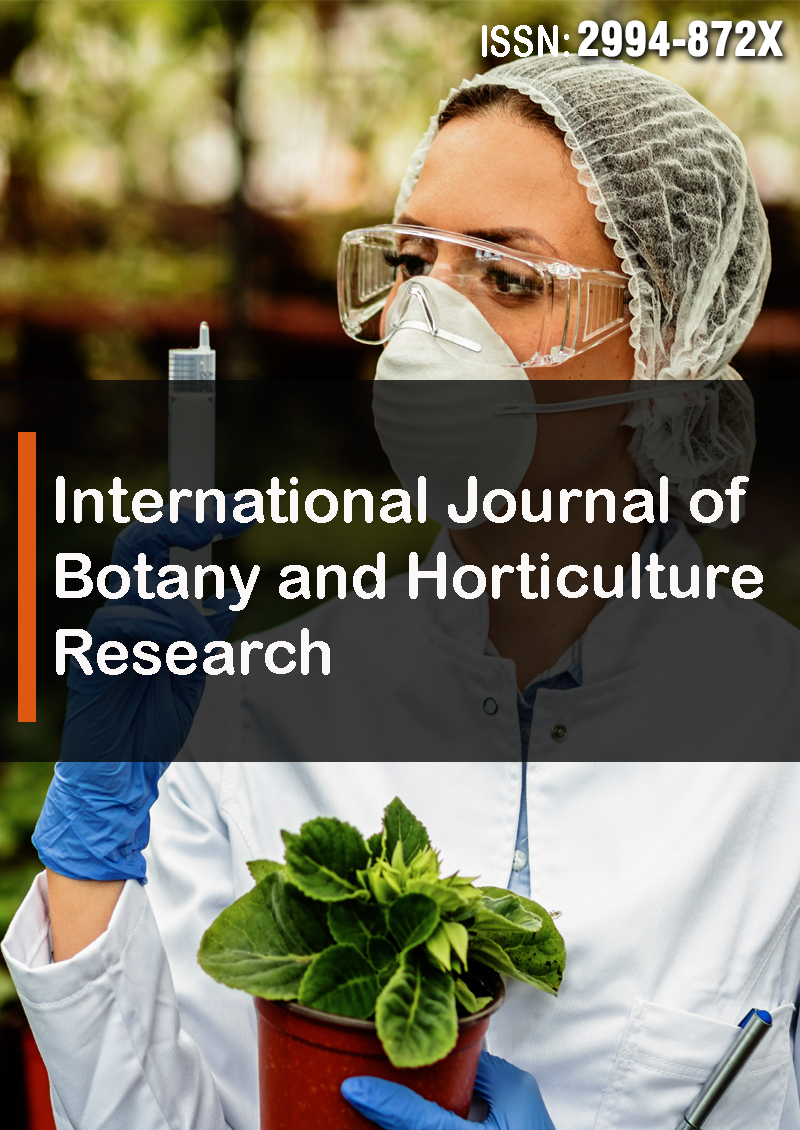Soil Fertility Management Practices among Smallholder Cereals Producing Farmers in Dutsin-Ma Local Government Area of Katsina State, Nigeria
Abstract
Mohammed Saba, Ummul-Kulthum Muhammad, Buhari Nazifi and Samir G. Al-Solaimani
Scientific methodologies have been employed to assess soil fertility in Nigeria and other African nations. Nevertheless, there are discrepancies between the scientific procedures employed and the farmers' perceptions regarding soil fertility. This study examined the soil fertility management strategies employed by smallholder farmers engaged in grain production in the Dutsin-Ma Local Government area of Katsina State, Nigeria. The data was obtained by a random sampling method, consisting of 120 cereal producers. This dataset was then subjected to analysis using both descriptive statistics and a logit regression model. The results of the study indicate that a significant majority (91%) of farmers who are married possess land, with a substantial proportion (78.3%) acquiring it mostly through inheritance. The findings indicate that a significant proportion (77.5%) of farmers surveyed do not possess membership in cooperative groups, while a relatively small percentage (15.8%) have established contact with extension personnel. The findings additionally demonstrate that the mean age of farmers is 48 years, and the average farm size is 3 hectares. Furthermore, most of the farmers, approximately 52%, possess formal education. The findings indicate that a limited proportion (37.5%) of farmers possess knowledge regarding soil fertility, primarily relying on observations related to soil color and texture. The research region revealed that most farmers employed crop rotation, fallow farming, and manuring as management strategies to mitigate the reduction in soil fertility. The statistical analysis reveals that the level of education (p<0.01), farming experience (p<0.1), and Government source of input (p<0.1) are important variables that have an impact on farmers' understanding of soil fertility within the research region. Farmers were identified as facing various challenges, including soil degradation, limited financial resources, drought and flooding, and the high cost of fertilizer for soil management. There is a necessity to offer novel approaches for educating farmers about soil fertility and its associated management techniques within the designated study region.



